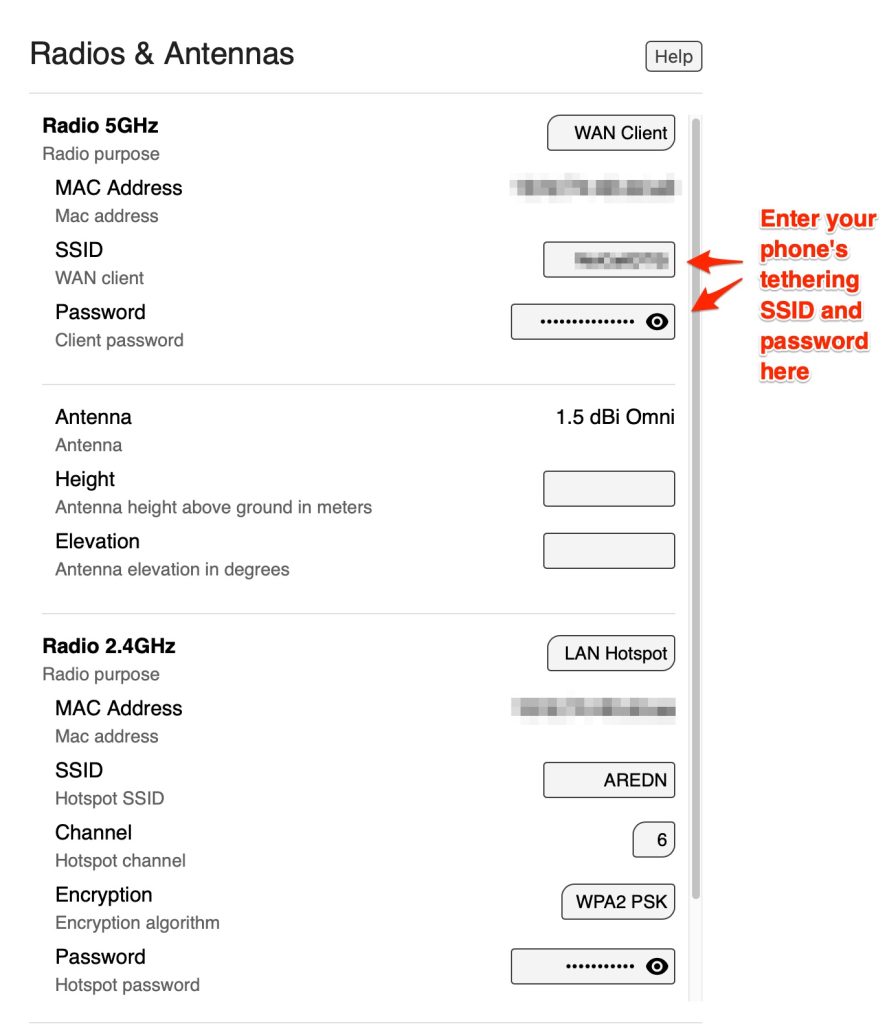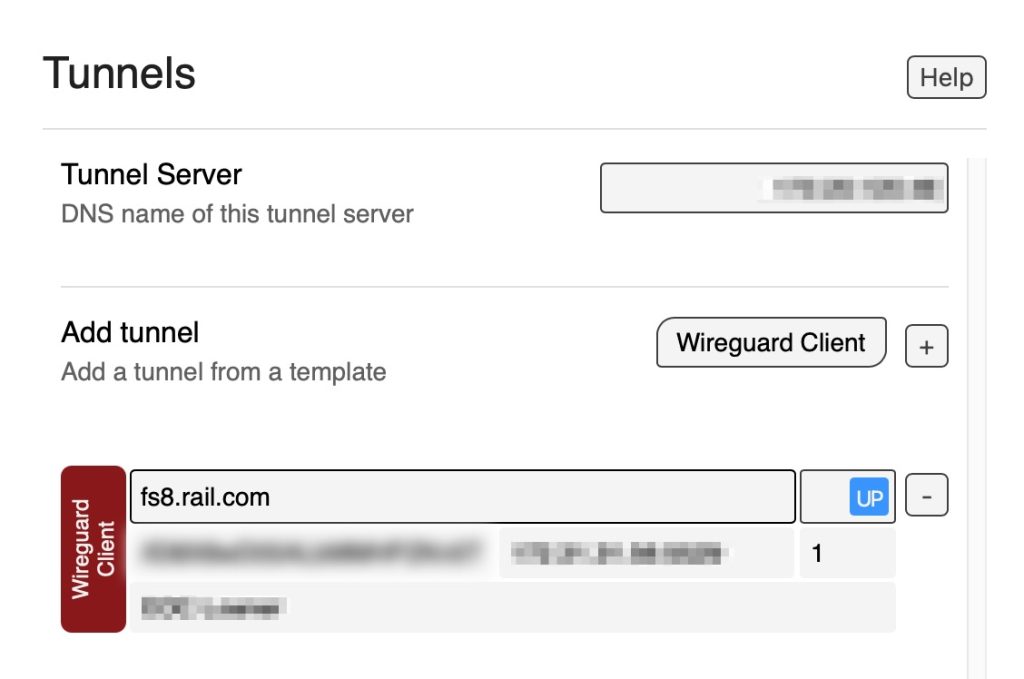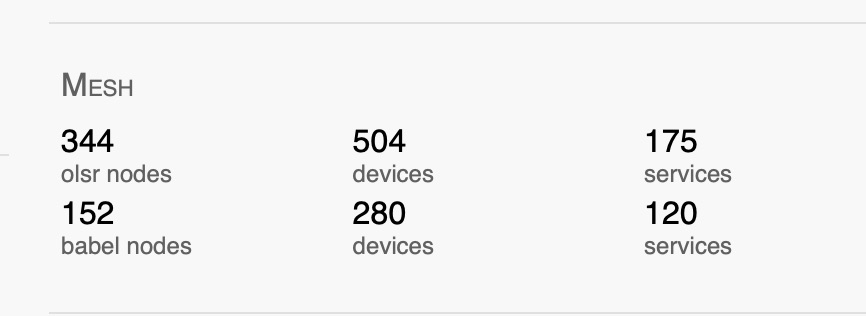Access is available via smartphones and laptop computers with WiFi at hotspots located around the City, with more to come. You can also create your own WiFi "bubble". Palo Alto ESVs can also request OpenVPN access.
City hotspots
- Mitchell Community Center (parking lot and courtyard)
- Cubberley Community Center near the Division Operations Center (room D4)
- Municipal Service Center (parking lot)
- Channing House (11th floor roof patio)
- Downtown Public Library (parking lot)
All of these hotspots use the SSID 'AREDN' and a common passphrase. Amateur radio operators interested in getting access should contact a member of OES for the passphrase. Please treat the passphrase as confidential information because access to AREDN is for licensed amateur radio operators only.
This list of WiFi hotspots will be expanded over time to include emergency response trailers and other key locations. If you establish your own AREDN node, you can create a local hotspot for ESVs near you.
Damage assessments can be submitted electronically over AREDN by following these instructions.
Your own WiFi bubble for training and events
Additionally, you can create your own WiFi hotspot using a small device called a "hAP". This device is about the size of a couple packs of playing cards or a paperback book. It connects into the Palo Alto AREDN network over your home network (so it won't necessarily work in an emergency, but it is a great way for you to get started with AREDN before making the commitment to putting an AREDN node on your roof).
To set up your own hAP, you will need,
- A computer with an ethernet port. Desktop computers usually have a single ethernet port, and you may find it inconvenient to use it. Modern laptops don't ethernet ports these days. I recommend a USB-to-Ethernet adapter. See the Equipment page.
- A "dumb" ethernet hub.
- A hAP and the power-over-ethernet injector it comes with. Purchase one (see the Equipment page). There are several available. The hAP ac lite is the lower-cost one. It is older and has a slower processor. But for getting started, it should be fine. The hAP ac2 has a faster processor and will be more future-proof against AREDN software upgrades.
- Request a tunnel key by email from W6EI that you will use in configuring your hAP. The key looks like this:

The procedure is as follows:
- Replace the firmware that comes with the hAP with AREDN firmware. The full procedure is documented at this webpage (clickable): Installing AREDN Firmware. In short summary, you will
- Download a small program called PXEsrv to your Windows computer (sorry Mac and Linux fans -- of which I am one -- this part of the procedure is simply easier on a Windows machine)
- Download the AREDN firmware files -- two of them -- to your Windows machine.
- Disconnect your Windows computer from your home network.
- Connect your computer and the hAP to the switch.
- Download the firmware to your computer.
- Flash the firmware to your hAP.
- Configure the hAP (you can return to your Mac or Linux machine at this stage, if you prefer):
- Set the node name and description
- Set up the hAP's internal radios:
- (optional) The 5 GHz radio can be used to link to your phone if you are going to make this hAP node fully portable. More on that below.
- (required) The 2.4 GHz radio should be used for the LAN Hotspot. It is recommended that you use WPA2 PSK and the SSID AREDN with the same password used for the City hotspots. This way, your laptop or other devices can roam seamlessly. The choice of channel is up to you, and the default may be just fine. If you suspect interference from other nearby WiFi devices, change the channel.

- Enter the tunnel key using the information you received. Click on the "Tunnels" section of your node's setup page, and then click on Wireguard Client. Enter the information as shown. Save the changes and apply them.

- Connect the hAP's "internet" port (leftmost on either the hAP lite or the hAP ac2) to your home network with an ethernet cable.
- Connect wirelessly to your hAP on the AREDN SSID.
- In a few minutes, the tunnel should come up and you should then have access to the AREDN network.

You should also see the number of mesh nodes grow, indicating that your hAP is networking properly.

For an even more portable setup, you can configure the hAP to connect via WiFi to your smartphone instead of using an ethernet cable. You can also add a small GPS "dongle" to the setup along with a battery, and you will have a completely portable AREDN WiFi access point. An example is shown in the photo. Refer to the Equipment page for how to buy. For this to work, you will need to enter your phone's tether SSID and password into the Radio 2.4 GHz settings as shown above.

OpenVPN access
Palo Alto ESVs can request OpenVPN access to AREDN. See this page for instructions.
Meshtastic
We are building a Meshtastic network that uses AREDN for backhaul. Instructions for building a Meshtastic repeater are here.
Cautions to you about staying compliant with FCC Part 97
AREDN takes advantage of frequencies and power levels that are authorized for amateur radio operators but not the general public. We as hams operate AREDN under Part 97 restrictions in all aspects of how the AREDN network is used -- in Palo Alto and more broadly in the USA. As a user of this network, you too are bound by Part 97 rules. We present this brief discussion to highlight just a few ways in which AREDN could be inadvertently misused, stemming from its appearance as just another internet service provider. It is not.
In no way is this a comprehensive list. As an amateur radio operator, let Part 97 alone be your guide.
Encryption
A particularly important aspect of compliance is 97.113(a)(4) which specifically prohibits the transmission of messages in codes or ciphers intended to obscure the meaning of the transmission. Because AREDN is a data network and is accessible by ordinary web browsers on endpoint devices, it is the operator's (your) responsibility to not access websites using 'https'. Most websites force the use of https, and many browsers will seek to use https if it is available. A literal interpretation is that https is used in this way specifically to obscure the meaning of the transmission, keeping the content of your web traffic away from prying eyes on an end-to-end basis. As such, use of https on AREDN should be avoided in all cases.
Amateur Radio operator access only
The same restrictions that prevent you as an amateur radio operator from blithely letting a non-ham use your HT for any purpose, so you must not hand your endpoint device that is connected to AREDN to a non-ham without you personally taking on the responsibilities of the control operator. This applies not just to the general public but also to non-amateur-radio-operator employees of the City.
Commercial and other prohibited uses
In the same way that amateur radio over traditional voice connections cannot be used for commercial purposes or to make money, so it is true that AREDN cannot be used in these ways.